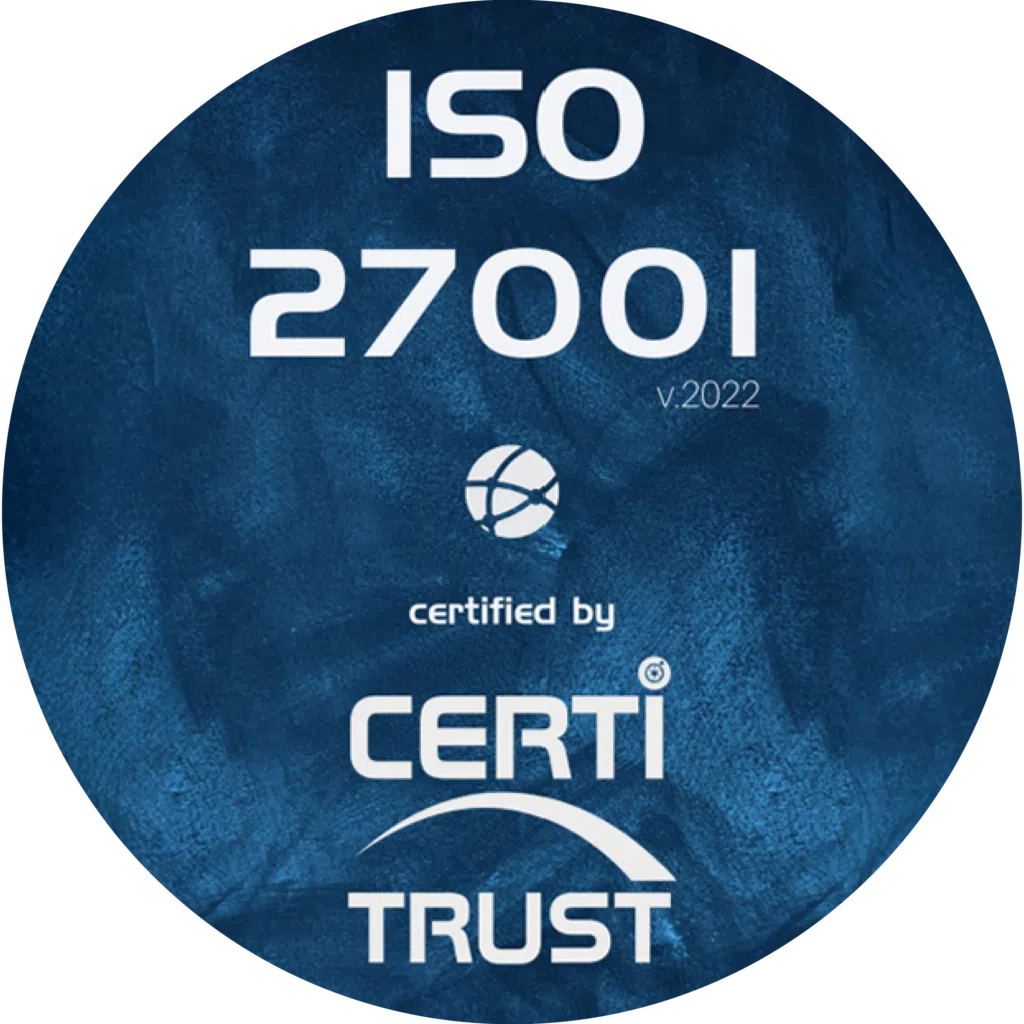Faced with the multitude of offers available on the market, a phenomenon accentuated by the globalization of the Internet, it’s not always easy to find one’s way around. But buying the right product or service, at the right price, should be a company’s top priority. In order to make the most of this final straight of qualifying and analyzing supplier offers, adopting a methodology is part of a quality approach.
The short list is a popular accessory in a buyer’s toolbox. This technique, which results in a short list of suppliers, has the advantage of structuring an analysis and preparing a solid basis for negotiation.
After defining the shortlist and reviewing its usefulness, we’ll take a look at how to use it to optimize your company’s purchasing.
What is a short list?
A short list is the construction of a reduced list of a desired category, with the aim of facilitating decision-making. For example, a supplier short list is a tool used as part of a purchasing process to build up a list of qualified suppliers according to the product or service required.
The aim is to reduce this list as much as possible in order to prepare your supplier consultation (RFQ) and avoid wasting time on the final selection of your future partner. Finally, the work of qualifying this list helps to prepare the negotiation phase, since the evaluation of suppliers will give you a better knowledge of the market.
The short list is short, but its value is great! It allows you to capitalize on your time and energy!
How do you make a short list?
A short list can be built upstream or downstream of your process. It can be drawn up as soon as the specifications are drafted, in order to make an initial selection from your panel of suppliers, based on the criteria in your tender documents, or, if you have already done so, to guide your supplier sourcing. It can also be drawn up following a multi-criteria analysis of the suppliers’ responses to your invitation to tender.
This list, which is definitive, includes the best service providers matching your requirements. To help you build up your list, tools such as the comparison table allow you to justify your choices. Based on your selection criteria, it helps you rank offers by weighting your requirements according to priority. This personalized evaluation of suppliers enables you to highlight those that best suit your needs.
Would you like to find out more about the comparison table and selection criteria?
Read all about it in our article!


How to use a short list effectively
Get in touch
Start by making initial contact. This is essential, as it allows you to express and clarify your needs. Either your specifications have already been drawn up, and you’d like more details, or they haven’t yet been defined, in which case consulting them will help clarify your needs. This approach encourages discussion. It also creates a climate of trust.
If you’ve already put out a call for tenders, this initial contact will enable you to get to the bottom of your needs and establish a link with your service providers. Be careful to ensure that all suppliers are treated equally.
Prepare your negotiations
If you don’t negotiate, you’ve missed an opportunity! Successful negotiation requires rigorous and precise preparation. The shortlist is very useful at this stage. It allows you to capitalize on your time and energy with contacts who are in phase with your purchasing project.
There’s no need to negotiate with a dozen suppliers who end up not meeting your expectations!
Contrary to popular belief, negotiation is not an innate gift. It has to be learned and, above all, prepared for. A shortlist of players with whom you can negotiate enables you to understand your market and identify the elements you need to negotiate in order to maximize your chances of success.
See also: How to conduct a negotiation
Anticipate the pitfalls
Supplier risk is one of the main risks in your purchasing process. To minimize this risk, get to know your potential suppliers. Find out how their production chain works, or whether they subcontract the production of certain services or components. Don’t hesitate to ask for documents certifying the quality and origin of the products or services offered by your supplier.
In conclusion, the use of a shortlist is essential for controlling your purchasing process. Saving time and energy, reducing risks… Taking the time to analyze each supplier is an important lever in ensuring your company’s productivity.
The digitization of the purchasing process now makes it easier and faster to compare different supplier profiles. Creating a shortlist becomes child’s play! Weproc, SaaS purchasing software, lets you put your suppliers in competition with each other. You can centralize and process your bids from the platform. This feature is part of your purchasing performance approach.
Want to learn more about our Weproc procurement management software?
Contact us or request your 15-minute demo below!









